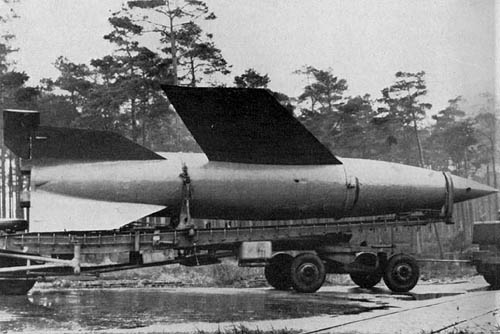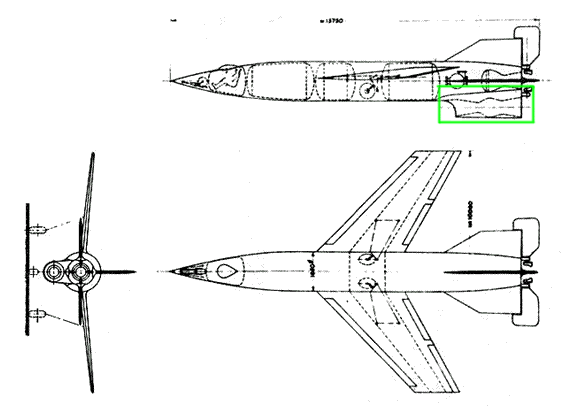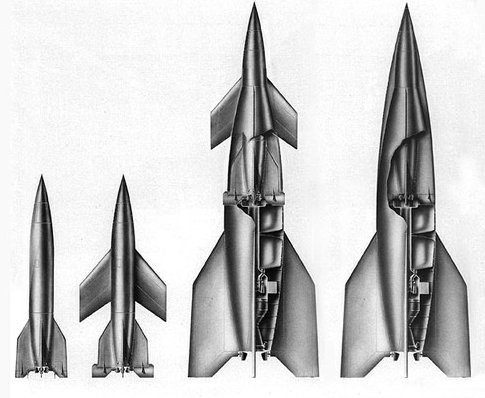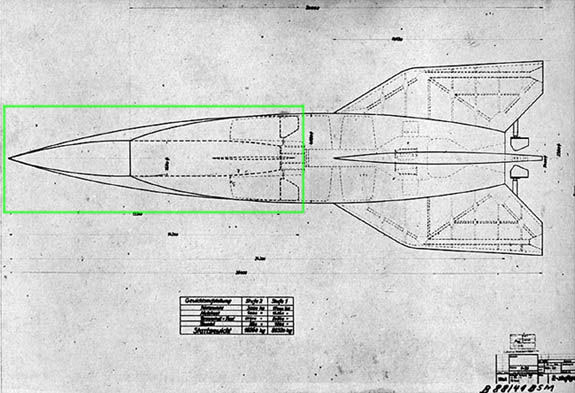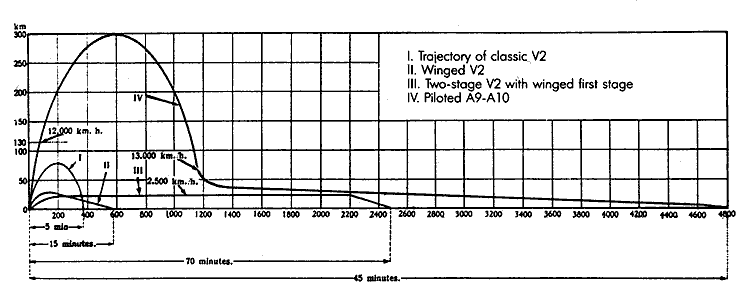The A9
The A9 was a winged version of the Peenemünde-designed A4 (V-2) missile. The V-2 would fly a simple ballistic trajectory after its fuel was expended, essentially like a giant artillery shell, falling on a target some 200 miles away at about three times the speed of sound (2,000 mph). Although this tremendous speed added greatly to the destructive power of the missile, there was another way it could be used.
By adding wings to the missile and modifying the guidance system, the designers redirected the kinetic energy of the falling projectile into extra range. As the rocket encountered thicker air on its descent, it would execute a high-g pullout and enter a shallow glide. In this way, speed could be traded for distance. While the rocket would reach its target at subsonic speed, and might therefore be vulnerable to defenses, it would be able to strike a target some 400 miles away only seventeen minutes after launch. Design studies began as early as 1940. In addition to the wing modifications, the A9 would have been somewhat larger than the V-2 and its engine would have produced about thirty percent more thrust.
